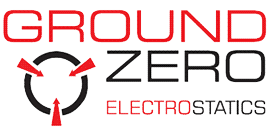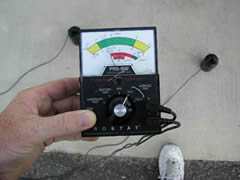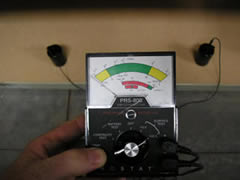Cleaning an ESD Floor
Q: How do you clean the floor, can it be waxed, and if so what type of wax?
A: All our ESD Dissipative and Conductive floors are designed to be wax free, low maintenance with permanent electrical properties. We recommend daily sweeping and damp mopping with our “ZeroStat Clean” ESD, pH neutral, general purpose floor cleaner or equal. These are the two most important factors in keeping you floor looking / performing it’s best, long term.
To keep the factory shine and luster of our floors, we recommend polishing the floor with a floor maintainer and a white pad. Some of our clients choose to incorporate our ZeroStat Buff for this process, but this is optional. The more frequently you dry buff/polish the floor the tighter the surface composition becomes, hence, will require less and less buffing to maintain a high shine as time progresses. We also manufacture a product called ZeroStat Diamond Seal, which is a ESD Polymer Coating used to seal and streamline the maintenance of our ESD flooring even further. Basically, a protective ESD finish developed as a protective barrier over the surface to resist scuff marks caused by chair, carts, shoes, forklifts and other mobility equipment.Applying an ESD Wax, (such as ZeroStat Diamond Coat II) is an alternative to the dry buffing process, but know that it is somewhat of a trade off. The trade off is, that Waxing with give you an instant high gloss and shine, verses dry buffing, but it can lower the electrical resistance by up to a half of a decade in electrical resistance. This drop in the electrical resistance isn’t impacted on static Dissipative floors as much as it applies to static Conductive floors. It really won’t impact the overall performance of our flooring systems, due to our ESD flooring falling into the lower end of our electrical specifications verse the higher end of the resistance specification.
Note: Due to the broad spectrum of ESD wax quality, we STRONGLY recommend ZeroStat Diamond Coat II as your wax of choice, as most of the ESD floor finishes available in the industry don’t perform to the electrical range that is required to keep our floors in our specified electrical ranges.
I hope this answers most of your questions, please feel free to contact us with any further question, comments and/or concerns. I have also attached data sheets for our ESD floor care products for your review and consideration.
More Information (PDF):
» ESD Floors Care and Maintenance
» ZeroStat Buff Specification Sheet
» ZeroStat Clean Specification Sheet
» ZeroStat Coat Specification Sheet
» ZeroStat DiamondCoat II Specification Sheet
» ZeroStat DiamondSeal Specification Sheet








